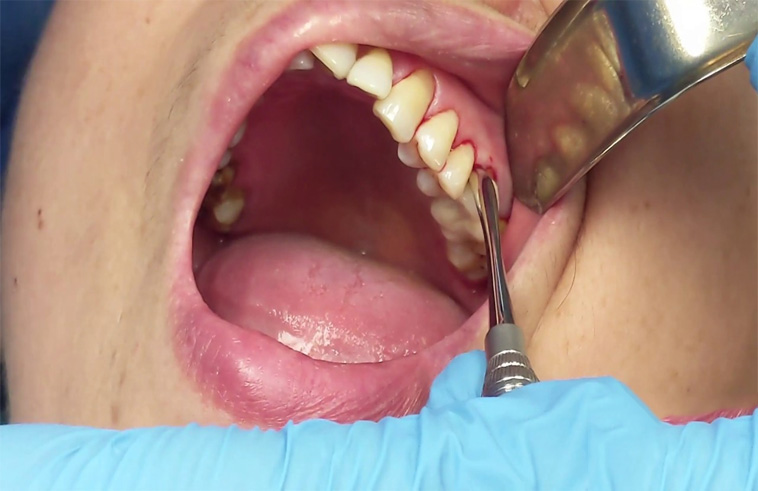The Truth Behind Pulling Teeth: A Comprehensive Guide
When it comes to dental procedures, tooth extraction holds a significant place. This comprehensive guide aims to shed light on the various aspects of pulling teeth, from its historical background to the MECE framework used in this guide’s organization.

Understanding Dental Anatomy
Dental anatomy plays a vital role in comprehending tooth extraction. Teeth are composed of different structures, including enamel, dentin, and pulp. Understanding the types of teeth, such as incisors, canines, premolars, and molars, helps recognize their functions in chewing and biting. Additionally, learning about tooth development and eruption provides insights into the timing and reasons for tooth extraction.
Indications for Tooth Extraction
Tooth extraction becomes necessary in various dental conditions. Severe tooth decay and infection can lead to irreversible damage, making extraction the only viable solution. Impacted teeth and overcrowding may require extraction to alleviate pain and prevent further complications. Periodontal disease, which causes tooth loss, may also necessitate extraction. Additionally, some orthodontic treatments may require tooth extraction to create space for proper alignment.
Early diagnosis and treatment are crucial in identifying dental issues that may require tooth extraction. Regular dental check-ups and X-rays help dentists determine the need for extraction and plan the procedure accordingly.
The Dental Extraction Process
Before undergoing tooth extraction, proper preparation is essential. A comprehensive dental examination and X-rays are conducted to assess the tooth’s condition and determine the best approach for extraction. Dentists also discuss anesthesia options to ensure a comfortable experience for the patient.
There are different techniques for tooth extraction, depending on the complexity of the case. Simple extractions are performed when the tooth is visible and can be easily removed. Surgical extractions are required for teeth that are impacted or have not fully erupted. Wisdom tooth extractions are a common surgical procedure due to their frequent complications.
While tooth extraction is generally a safe procedure, there are potential complications and risks involved. These may include bleeding, infection, damage to adjacent teeth or nerves, and the possibility of developing a dry socket. Dentists provide post-extraction care instructions to ensure proper healing and minimize the risk of complications.
Alternatives to Tooth Extraction
In some cases, tooth extraction may not be the only solution. Restorative dentistry offers alternatives such as dental fillings and root canal treatment to save a decayed or infected tooth. Dental crowns and bridges can replace missing teeth, while dental implants provide a long-term solution for tooth loss. Orthodontic alternatives, like braces or aligners, can also address alignment issues without the need for extraction.
However, it is important to note that tooth extraction is sometimes the best course of action, especially when the tooth is severely damaged or poses a risk to oral health. Dentists carefully evaluate each case to determine the most appropriate treatment plan.
FAQ’s
Does tooth extraction hurt?
While some discomfort may be experienced during and after the procedure, dentists use anesthesia to minimize pain. Patients are typically prescribed pain medication for post-extraction pain management.
How long does the extraction process take?
The duration of the extraction process varies depending on the complexity of the case. Simple extractions usually take a few minutes, while surgical extractions or multiple extractions may take longer.
Will I need sedation for the procedure?
Depending on the patient’s anxiety level and the complexity of the extraction, sedation options such as local anesthesia, nitrous oxide, or intravenous sedation may be used to ensure comfort during the procedure.
What can I eat after tooth extraction?
After tooth extraction, it is recommended to stick to soft and cool foods for the first few days. Examples include mashed potatoes, yogurt, smoothies, and soups.
How long does it take to recover from a tooth extraction?
The recovery period after a tooth extraction varies from person to person. Generally, it takes about 1-2 weeks for the extraction site to fully heal. During this time, it is important to follow post-extraction care instructions provided by your dentist, such as avoiding strenuous activities, rinsing with salt water, and taking prescribed medications.
Conclusion:
In conclusion, tooth extraction is a common dental procedure that is performed for various reasons, including severe decay, infection, overcrowding, and orthodontic treatment. Understanding dental anatomy, indications for extraction, and the extraction process is crucial for patients seeking information about this procedure.
While alternatives to tooth extraction exist, it is essential to consult with a dental professional to determine the most appropriate treatment plan for your specific dental condition. Regular dental check-ups and early intervention play a significant role in preventing the need for tooth extraction.
Remember, this comprehensive guide provides valuable insights into the truth behind pulling teeth, but it is not a substitute for professional dental care. If you have any concerns or require tooth extraction, it is advisable to seek expert advice from a qualified dentist.




